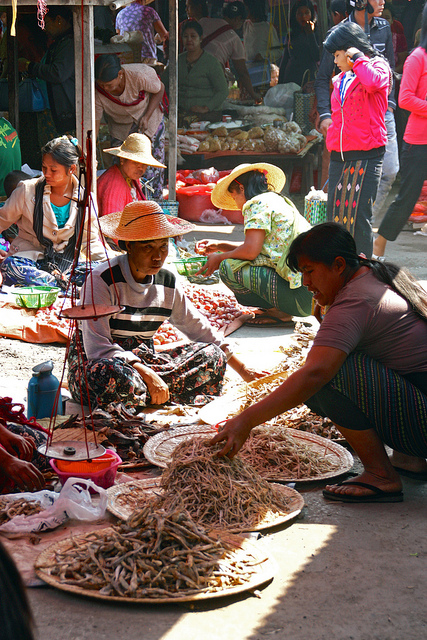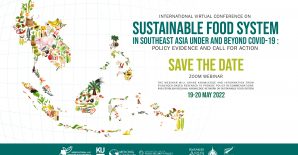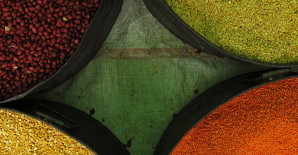The rapid growth of fish farming over the past three decades has generated heated debate over the role of aquaculture in rural development and poverty reduction. Central to these debates is the question of whether and how aquaculture impacts local incomes and employment, yet little empirical evidence exists on the issue. To address this question, ReSAKSS-Asia researchers used a Local Economy-wide Impact Evaluation (LEWIE) model which nests fish farm models within a general-equilibrium model of their local economy. The model is calibrated using primary data collected from 1102 households in Myanmar’s main aquaculture zone, representative of 60% of the country’s aquaculture farms. Using this model, the authors examined the impact of aquaculture on the incomes and labor market outcomes of fish farming households, but also crop farms and non-farm households in the cluster. Simulating one-acre increases in pond/plot surface they find that: (1) aquaculture generates much higher incomes per-acre than agriculture; (2) aquaculture generates larger income spillovers than agriculture for non-farm households by way of retail and labor markets; (3) small commercial fish farms generate greater spillovers than large fish farms. These results bolster the notion that fish-farming, and in particular small-scale commercial aquaculture, may have a significant role to play in rural development and poverty reduction.
The article is open access and can be found here.



